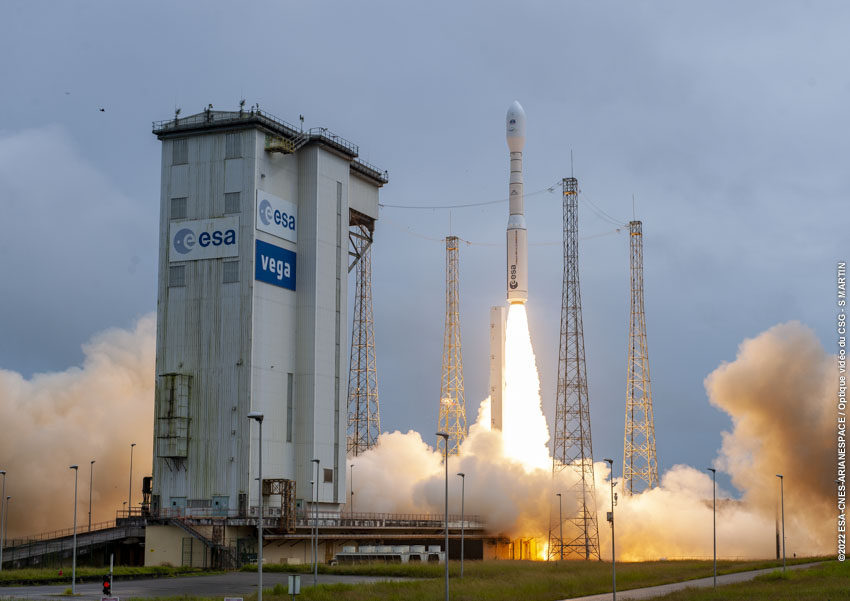Gepubliceerd op 4 augustus 2022
ESA’s Director of Earth Observation Programmes, Simonetta Cheli, stated, “Unfortunately, we have to announce the end of the mission for the Copernicus Sentinel-1B satellite. The conclusion drawn by the Anomaly Review Board is that it is impossible to recover the 28V regulated bus of the satellite’s C-band synthetic aperture radar antenna power supply unit, which is needed to provide power to the radar electronics.

Vega-C inaugural flight
“Sentinel-1A remains very healthy in orbit, continuing to deliver high-quality radar images for a multitude of applications. Our focus is on fast-tracking the launch of Sentinel-1C. Now, thanks to the successful inaugural flight of the Vega-C rocket on 13 July, we, with Arianespace, are targeting the launch in the second quarter of 2023.”
European Commission’s Acting Director for Space (Directorate General for Defence Industry and Space), Paraskevi Papantoniou, stated, “The permanent unavailability of Sentinel-1B satellite represents an important loss for the European Union’s space programme and the European Commission is engaged to mitigate its impact. We notably managed to move forward the launch of Sentinel-1C satellite.
“Meanwhile, Copernicus Contributing Mission data, including from European New Space companies, will continue to be used to support the most critical Copernicus Services products that are affected. The preparations for the de-orbiting of Sentinel-1B satellite are an example of our joint commitment, for the European Union and ESA, to clean and responsible space, using the EU's Space Surveillance and Tracking capabilities.”
In April 2014, Sentinel-1A was the first satellite to be launched for Copernicus, the Earth observation component of the European Union’s space programme. While the European Union is at the helm of Copernicus, ESA develops, builds and launches the dedicated Sentinel satellites. It also operates some of the missions.
After the Sentinel-1B launch in April 2016, with the mission comprising two identical satellites orbiting 180° apart, the mission was able to image the planet with a maximum repeat frequency of six days, down to daily coverage at high latitudes.
Read the rest of the article
over on ESA's Observing the Earth website